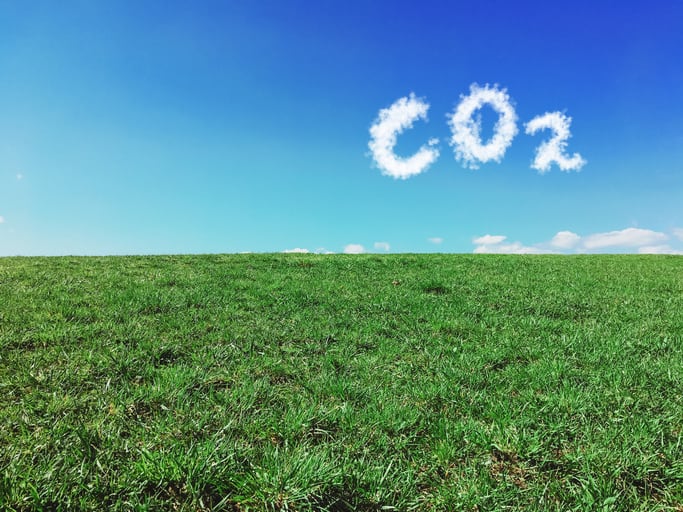Axios Spins IEA CO2 Report

Photo Credit: Getty
 Axios Generate today (June 26) concludes its first article with a “bonus chart” from the International Energy Agency’s (IEA) recent report, Global CO2 emissions in 2019. According to Axios, the chart shows that “Europe leads the world in emissions decline.” Specifically, from 2018 to 2019, Europe’s energy-related carbon dioxide (CO2) emissions declined by 163 million metric tons (MMT), U.S. emissions declined by 139 MMT and Japan’s by 51 MMT, while the rest of the world’s emissions increased by 338 MMT.
Axios Generate today (June 26) concludes its first article with a “bonus chart” from the International Energy Agency’s (IEA) recent report, Global CO2 emissions in 2019. According to Axios, the chart shows that “Europe leads the world in emissions decline.” Specifically, from 2018 to 2019, Europe’s energy-related carbon dioxide (CO2) emissions declined by 163 million metric tons (MMT), U.S. emissions declined by 139 MMT and Japan’s by 51 MMT, while the rest of the world’s emissions increased by 338 MMT.
Apparently, the chart is important because it refutes Trump. “President Trump likes to tout that the United States leads the world in reducing greenhouse gas emissions, but it’s actually Europe,” Axios explains.
Not so fast. That is not the whole story. The European Union contains 27 countries. Which country leads the world in reducing emissions, not just in 2019 but since 2000? The United States is undisputed champion. The IEA reports:
The United States saw the largest decline in energy-related CO2 emissions in 2019 on a country basis—a fall of 140 Mt, or 2.9%, to 4.8 Gt. US emissions are now down almost 1 Gt from their peak in the year 2000, the largest absolute decline by any country over that period. A 15% reduction in the use of coal for power generation underpinned the decline in overall US emissions in 2019. Coal-fired power plants faced even stronger competition from natural gas-fired generation, with benchmark gas prices an average of 45% lower than 2018 levels. As a result, gas increased its share in electricity generation to a record high of 37%.
A bit of perspective here would go a long way. There is no discernible connection between CO2 emissions decline and improvement in human well-being. In fact, the opposite is far more likely the case.
Many countries will record spectacular emission reductions in 2020 due to the coronavirus lockdown policies. Collectively, will almost certainly surpass Europe’s 2019 “achievement.” How many people in those countries are, or will be, better off as a result? The pandemic reminds us that wrecking economies is the fastest route to emission reduction.
Of the five main shared socioeconomic pathways (SSPs) examined by the Intergovernmental Panel on Climate Change (IPCC), the SSP that achieves the highest level of prosperity for the largest number of people in 2100 is the “fossil-fueled” or “conventional” development pathway. Emissions and global temperatures in 2100 are higher in that scenario than in the other four. However, global per capita income soars by more than 1,000 percent. Moreover, the fossil-fueled development path beats all the others, including the United Nations’ preferred “sustainable” or “green” development scenario, not only in increasing prosperity, but also in reducing economic inequality. See Figure 2D of Riahi et al. (2017), a study by 47 mainstream climate researchers.
All such futurology should be taken with handfuls of salt. However, the IPCC is the analytic gold standard for progressive punditry. More importantly, the benefits and blessings of market-driven—chiefly fossil—energy, now and in the foreseeable future, are clear. Declaring Europe to be the world emission reduction leader in 2019 tells us nothing about the human condition and is best viewed as a dubious partisan talking point.